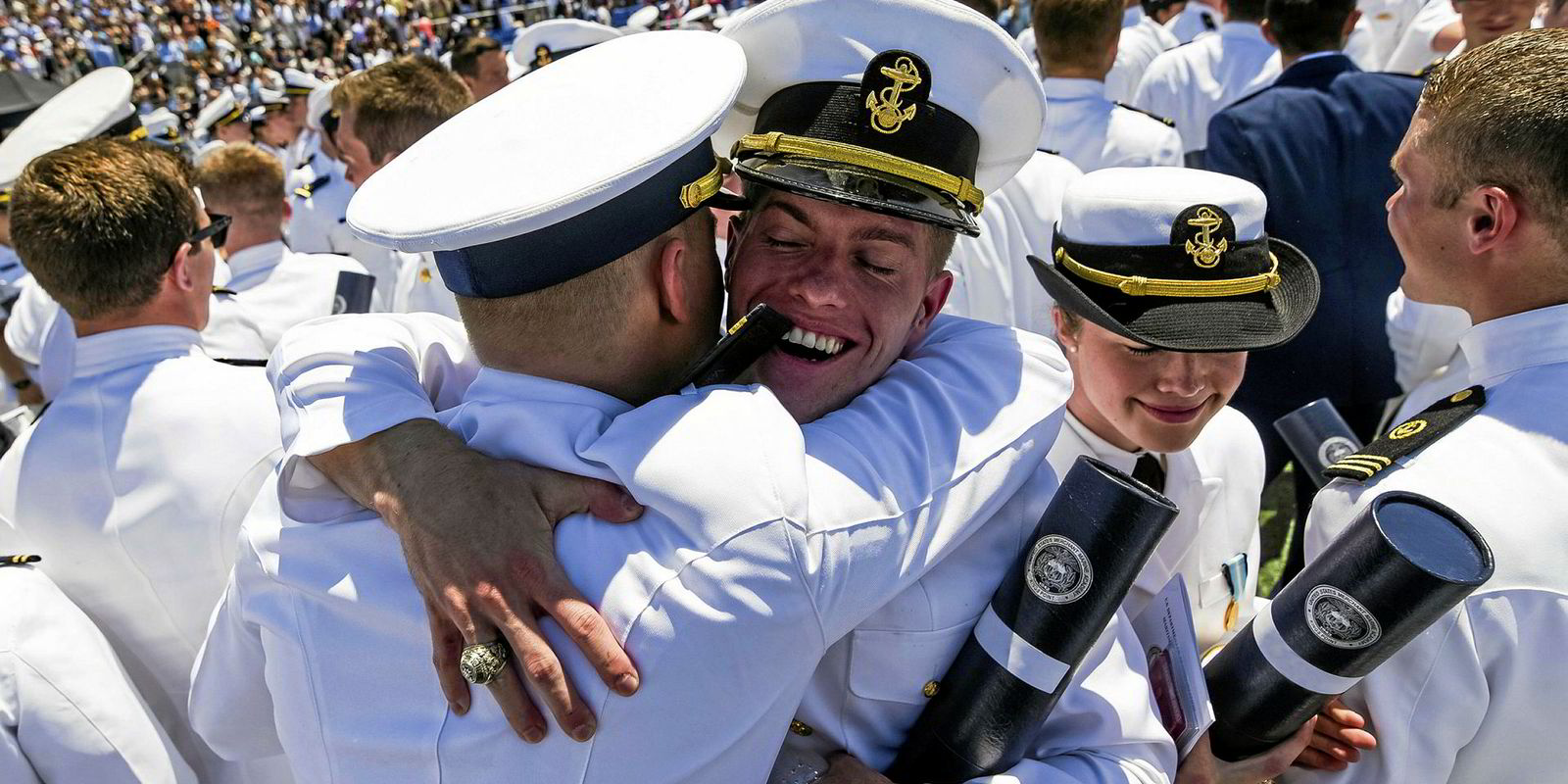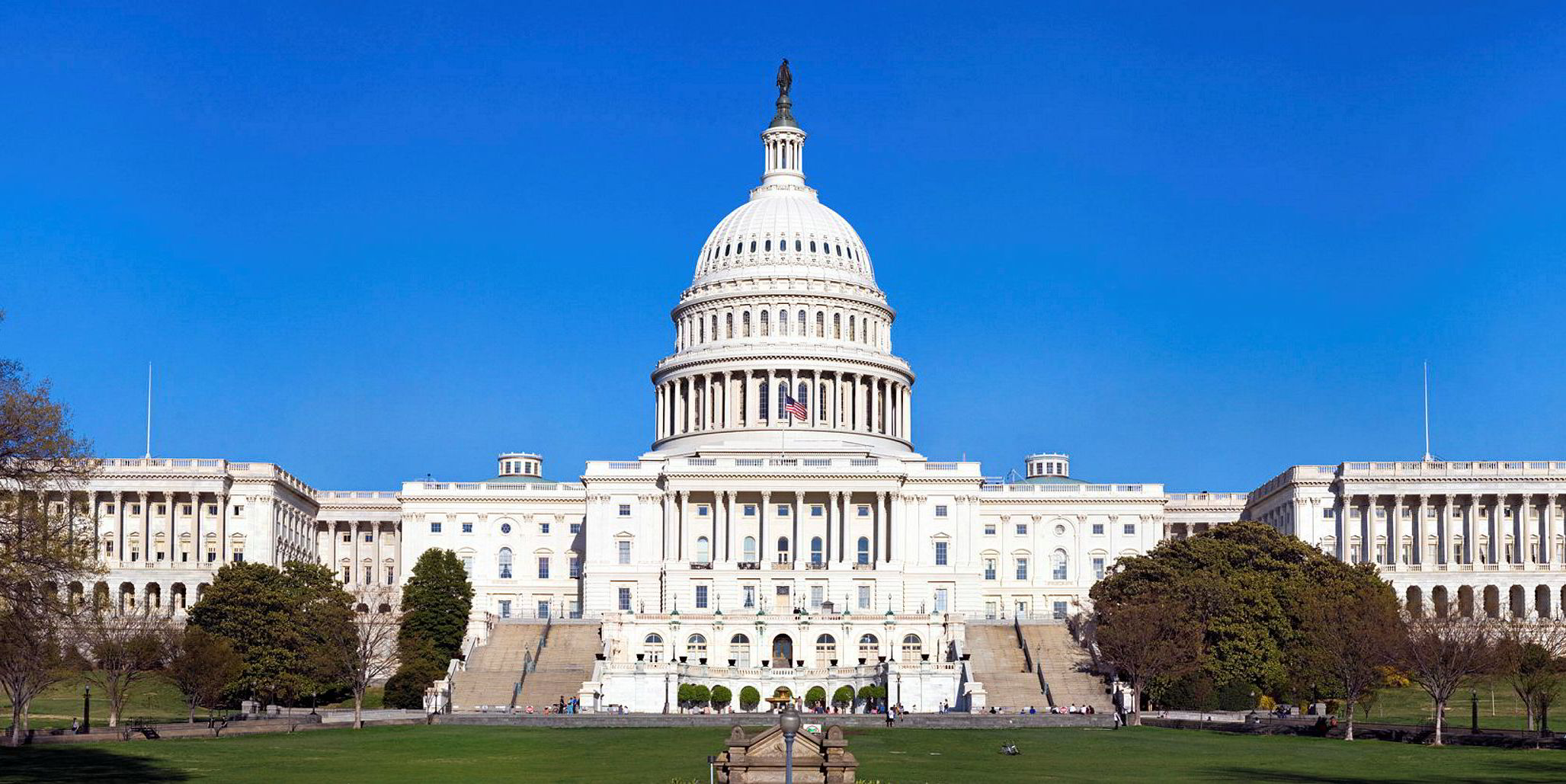The US Maritime Administration is redoubling its efforts around growing the merchant marine as the military shifts priorities toward more conventional warfare.
The agency's deputy administrator, Richard Balzano, said the Jones Act and the country's maritime colleges are the key to growing the US-flag fleet, growing the base of American mariners and, potentially, supporting a protracted military conflict abroad.
"Since the Second World War we kind of walked away from it. We let the industry dissipate to, currently it’s worst level in history. That has a repercussions. We lose the jobs, so now the schools aren’t training as many mariners, so our mariner number goes down. Same with shipbuilding,” Balzano told TradeWinds Thursday at the Connecticut Maritime Association's annual conference in Stamford, Connecticut.
“It’s all interconnected.”
There are just 80 US flagged ships in the fleet, down from 200 in 1990. MarAd estimates a shortfall of 1,800 qualified mariners, employed not only to support the national economy but to aid the military in moving equipment and people to theatres of war abroad.
In its 2019 proposed budget, the Army cut $31bn in a move to focus on more traditional war fighting against adversaries like China or Russia — part of a larger National Defense Strategy.
For the Maritime Administration (MarAd), that includes what Balzano identified as "sustainment". He said the military can support operations on its own for a month or two, and the existing merchant marine can support for another few months. After that, it becomes difficult.
"The typical mariner does a couple of months on, a couple of months off. As we start to ramp up the number of ships involved and the number of personnel needed to fulfill that mission, we see it lacking," he said. "We have to work toward solutions for that. Equipment and people.”
Balzano said MarAd would address the issues around the US flag fleet by enforcing Jones Act compliance, which requires ships in domestic trade to be US flagged and crewed. The shortfall in mariners would come from reinvestment into the six state maritime academies and the US Merchant Marine Academy.
“That’s what we need, that constant development of new mariners, as ones retire and new ones come in. That’s what we need in the industry,” he said. “It’s a fundamental problem and there are only a couple of solutions.





